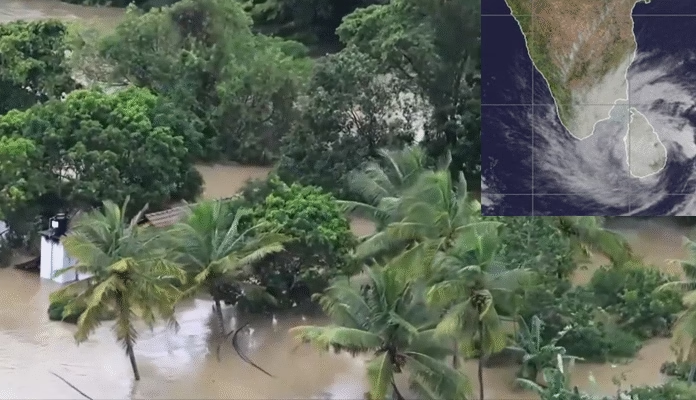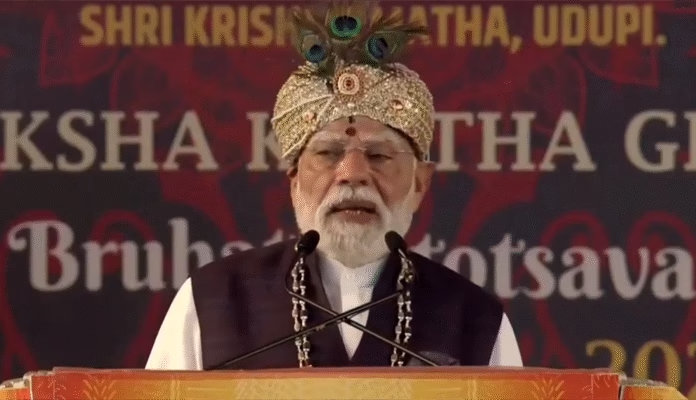
India-Japan Lunar Mission to Explore Moon’s South Pole
Tokyo/New Delhi: Prime Minister Narendra Modi on Friday announced a landmark collaboration between the Indian Space Research Organisation (ISRO) and Japan’s space agency JAXA for India’s upcoming Chandrayaan-5 mission, aimed at unlocking secrets of the Moon’s South Pole.
Speaking alongside Japanese Prime Minister Shigeru Ishiba in Tokyo, Modi hailed the pact as a “new chapter in space exploration,” adding: “Our joint efforts will symbolise humanity’s progress beyond the boundaries of Earth and into space.”
VIDEO | Addressing the joint press meet with Japanese PM Shigeru Ishiba, PM Narendra Modi says, “I would like to welcome the partnership between ISRO and JAXA for the assistance in Chandrayaan-5 mission. Our active participation will mark the progress of humanity beyond the… pic.twitter.com/eHI2K8y5RN
— Press Trust of India (@PTI_News) August 29, 2025
The announcement comes months after both agencies held the third Technical Interface Meeting (TIM-3) in Bengaluru to advance plans for the Chandrayaan-5/LUPEX mission.
Partnering for the Moon Mission
The ISRO–JAXA partnership on the Chandrayaan-5 Lunar Polar Mission sets new milestones in space collaboration.#PMModiInJapan pic.twitter.com/35ql1J2BCQ
— MyGovIndia (@mygovindia) August 30, 2025
Approved by the Indian government in March this year, Chandrayaan-5—also known as LUPEX (Lunar Polar Exploration Mission)—is designed to probe volatile elements and water deposits in the permanently shadowed regions of the lunar South Pole.
Under the mission plan, JAXA will launch the spacecraft aboard its H3-24L rocket, carrying an ISRO-built lander that will deploy a Japanese rover. Scientific payloads will come not only from ISRO and JAXA but also from ESA and NASA, making it a truly international project.
While JAXA provides the launch and rover, ISRO will develop the lander and key scientific instruments, cementing India’s role as a leading force in lunar exploration after the success of Chandrayaan-3.
With Chandrayaan-5, India and Japan aim to deepen strategic ties in space science and push humanity closer to understanding the resources locked within the Moon’s icy craters—resources that could one day fuel future lunar bases and deep space missions.



